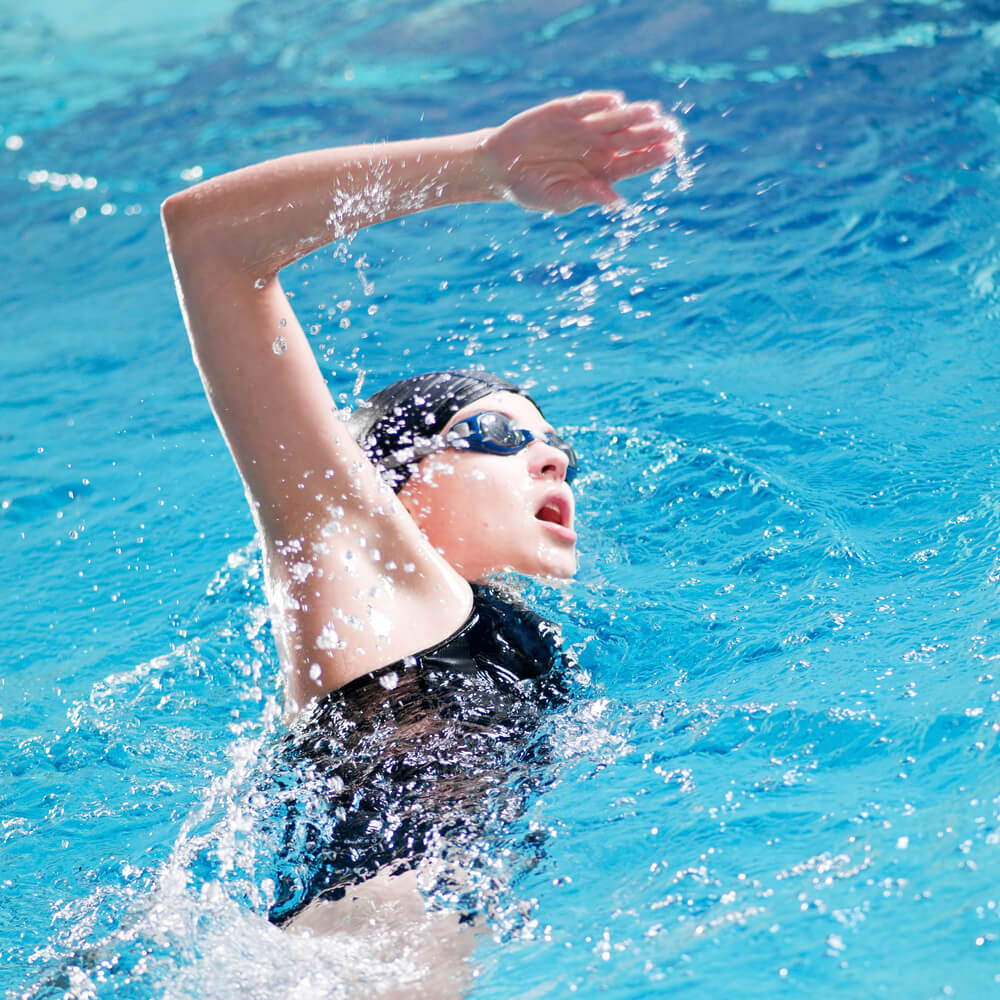A backyard swimming pool can be a fantastic asset during the summer months. It gives residents and their friends a place to swim, relax, and cool off after long days. Unfortunately, without proper safety measures in place, a backyard pool can also be a liability. Read on to find out about four ways to make a swimming pool safer to make sure everyone has fun and no one gets hurt.
1. Install a Pool Fence
Pool fences are required in most areas of the United States. They prevent unsupervised swimmers, especially children, from getting into the area and unintentionally jeopardizing their safety. Pool fences should be at least four feet tall, and while they can be removable, they should be sturdy and secure enough to prevent unwanted visitors, including both people and household pets.

Some homeowners are hesitant about installing pool fencing because they are afraid it will ruin their otherwise perfectly manicured landscapes. Thankfully, there are plenty of aesthetically appealing options out there. One of the best options for minimizing aesthetic impact while maximizing safety and security is glass pool fencing. Glass fencing won’t make the pool feel too enclosed or interrupt the visual flow of the yard, but it will provide a barrier against unwanted entry.
2. Install a Safety Cover or Net
To be effective, swimming pool covers should be strong enough to hold the weight of at least two adults and one child. A heavy-duty, secure pool safety cover will make it easier to perform an emergency rescue mission if someone falls in. Homeowners who don’t want to go through the hassle of installing and removing a manual barrier each time they use the pool may want to look into motorized retractable pool covers. However, any safety cover that’s both strong and secure enough to meet the ASTM standards will work just fine.
3. Install a Pool Alarm
Pool alarms let property owners know when someone is trying to access their swimming pools without permission. They can be installed on gates and patio doors to make it easier to keep track of who is using the pool. Some models are even designed for installation along the pool’s edge or in its corner. Instead of going off when the gate is opened, they’ll sound the alarm when unauthorized swimmers enter the pool and cause the water to be displaced.

4. Restrict Access to Pool Chemicals
The pool itself isn’t the only risk to children and pets. Pool owners often keep cleaning and water balancing chemicals like chlorine and algaecides on hand to make sure their pool water is always safe and clear. If these items are left out in the open or in an unlocked cabinet, they can pose a serious risk to young children and household pets. Many of these chemicals are toxic, and some even cause burns. Keep them under lock and key in a safe storage area either near the pool or in the home and make sure there’s no way for tiny hands to get a hold of them.
The Bottom Line
The most effective pool safety plan doesn’t rely on just one mitigation measure. It involves implementing multiple barriers to unauthorized use and the safe storage of chemicals and other pool supplies. Implement each of the suggestions above to minimize safety risks and make sure that a fun backyard swimming pool doesn’t turn into a dangerous liability.






